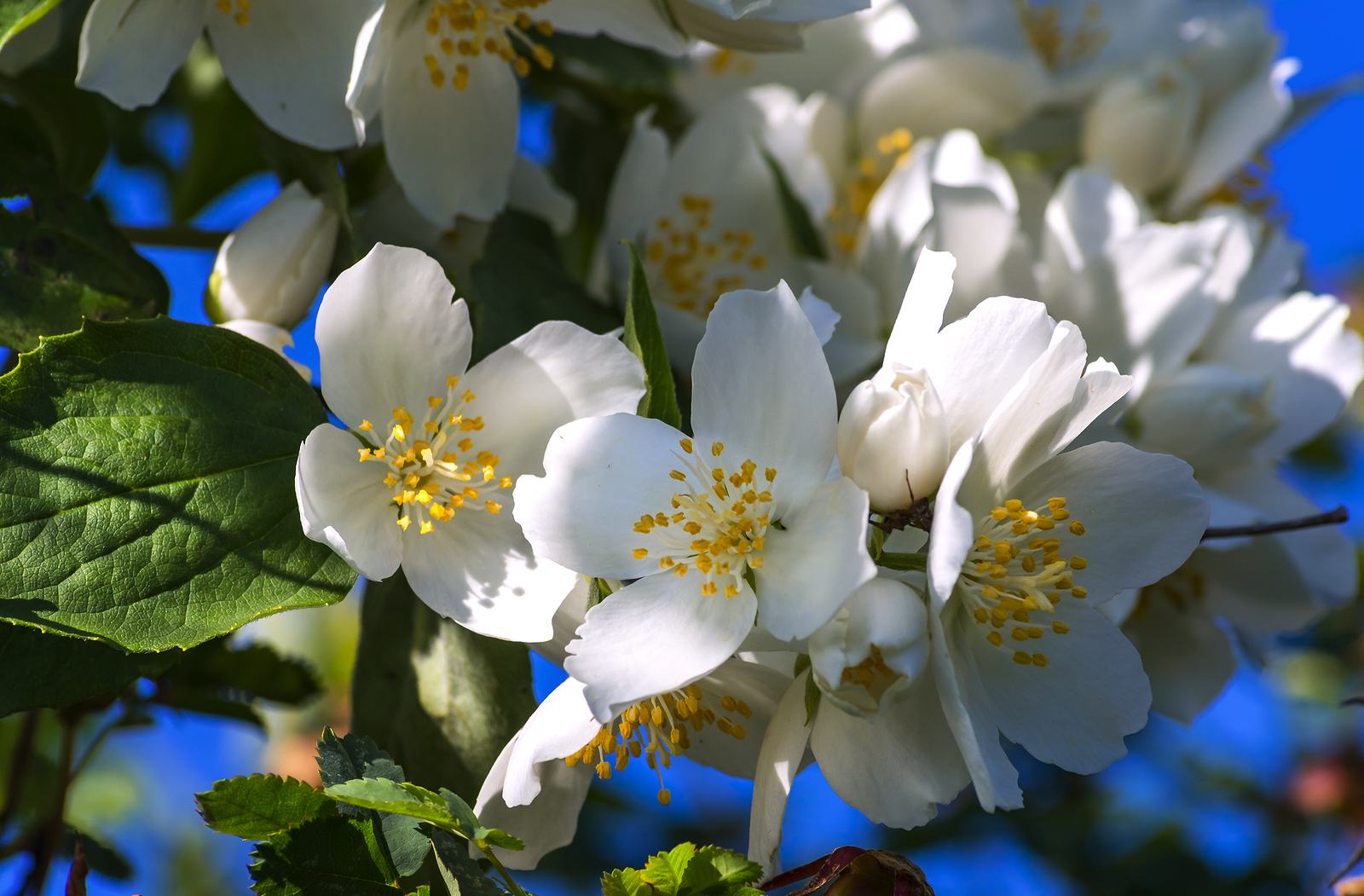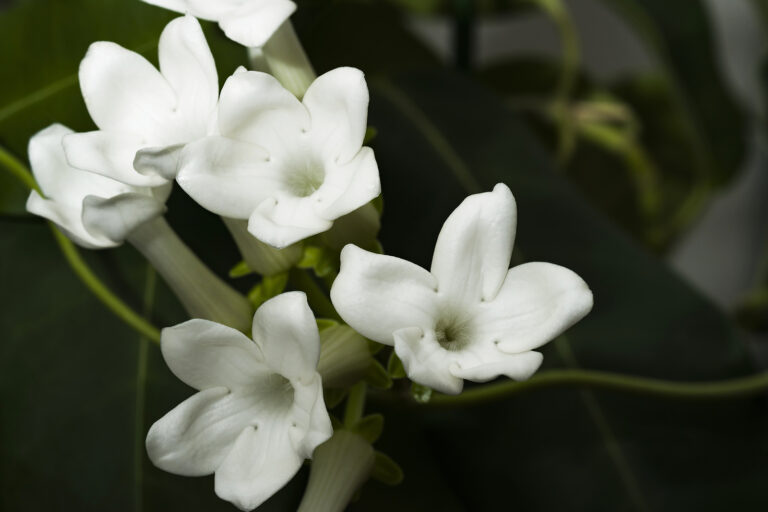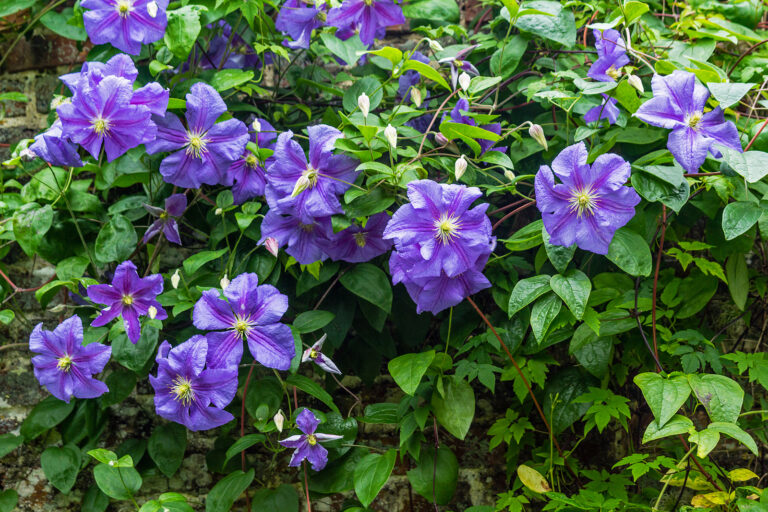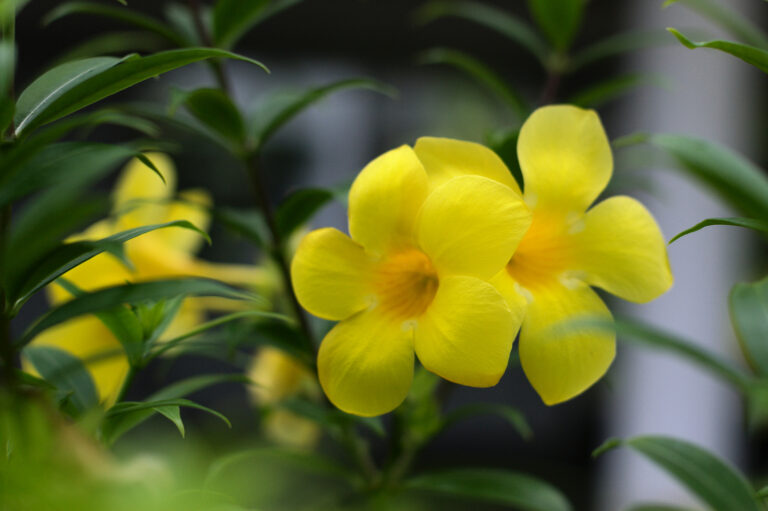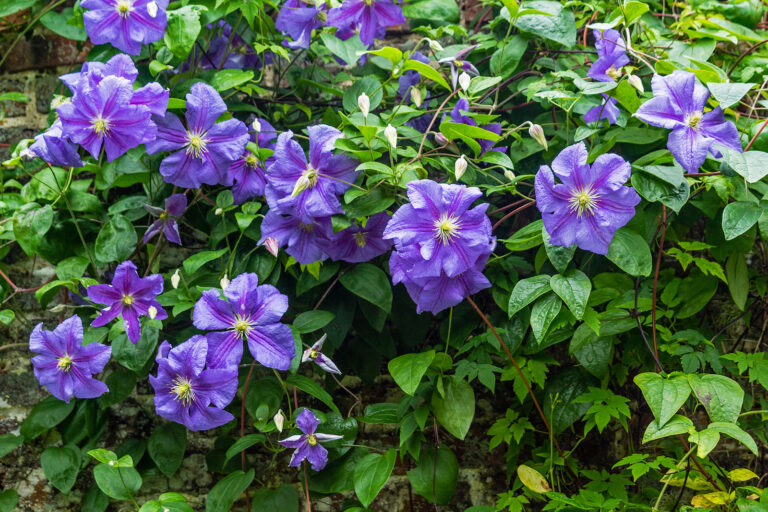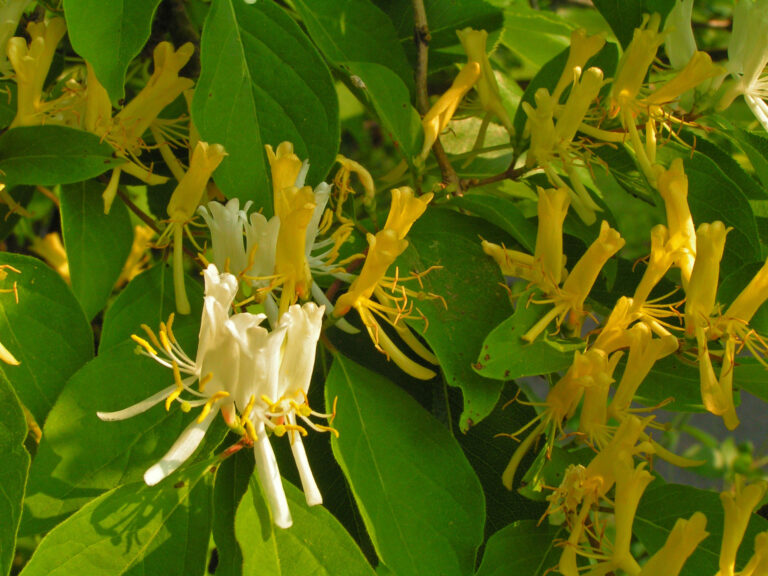How to Grow Jasminum — Common Jasmine
Common jasmine, Jasminum, is a vigorous semi-evergreen vine or loose shrub that bears fragrant, star-shaped white flowers. Jasmine has compound leaves. Climbing jasmines will twine over a trellis, fence, arch, or other plants.
Jasminum is a genus of tropical and subtropical deciduous or evergreen shrubs, sometimes climbing. They are widely distributed in warm countries and can be grown outdoors in the warmer parts of the United States.
They grow well in good loamy soil and are propagated by cuttings and layers.
Get to know Common Jasmine
- Plant type: Flowering vine
- Growing Zones and range: 6-9
- Hardiness: Tender
- Height and width: 3’- 30’ long
- Foliage: Lance-shaped green leaves appear opposite or alternate
- Flowers: White, yellow, or pink
- Bloom time: Spring through fall
- Uses: Cover trellis or fence
- Botanical name: Jasminum spp.
- Common name: Common jasmine
Where to plant Common Jasmine
- Plant jasmine in full sun to light shade.
- Grow jasmine in average soil that is evenly moist.
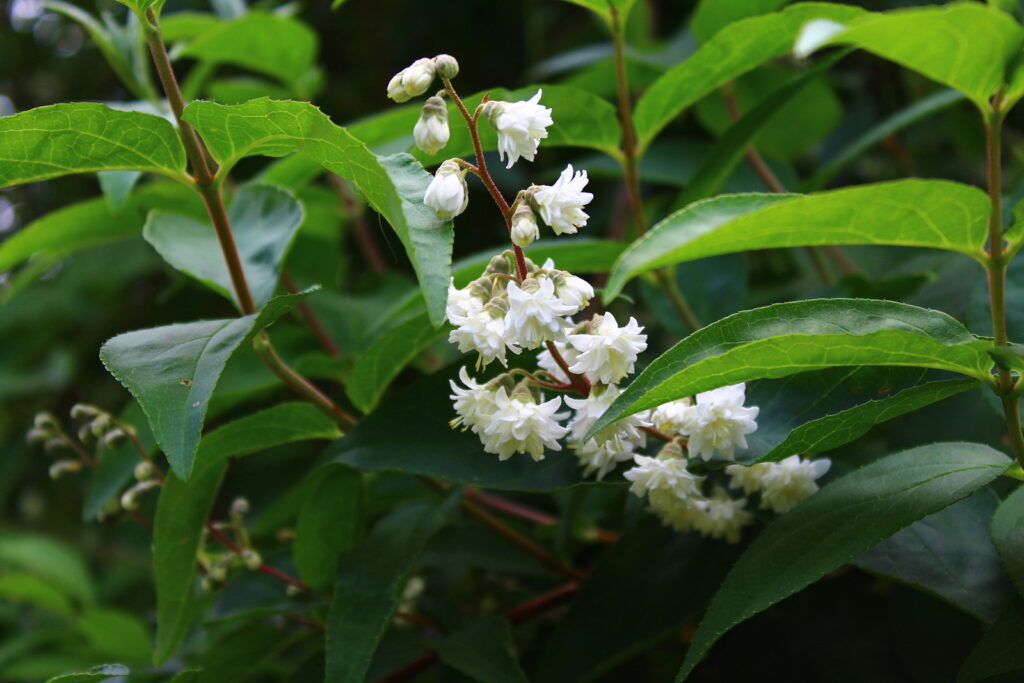
When to plant Common Jasmine
- Set established jasmine in the garden in spring or fall.
Planting and spacing Common Jasmine
- Space jasmine well apart, some varieties can grow stems 30 feet long
- Plant jasmine against a warm wall for best flowering.
- Tie jasmine to support to get the vine started.
How to water and feed Common Jasmine
- Keep the soil evenly moist.
- If the soil is humus-rich, no additional fertilizer is needed. Blooms will be diminished if too much fertilizer is used.
Common Jasmine care
- Mulch around jasmine to conserve soil moisture.
Common Jasmine propagation
- Take cuttings during active growth in spring or fall.
Common Jasmine varieties to grow
- Jasminum officinale is common or poet’s jasmine; easy to control in Zones 7-9.
- Jasminum nudiflorum is winter jasmine; it blooms yellow in late winter; drought-tolerant once established in Zones 6-9.
- Trachelospermum is star jasmine.

